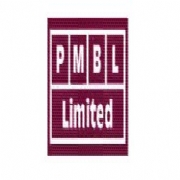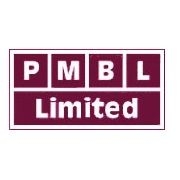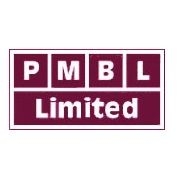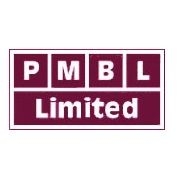Nickel Metal Hydride Batteries
PMBL can manufacture your NiMH batteries with cells from Varta, GP, Saft, Sanyo, Emmerich and many more.Research of the NiMH system started in the 1970s as a means of discovering how to store hydrogen for the nickel hydrogen battery. Today, nickel hydrogen batteries are mainly used for satellite applications. They are bulky, contain high-pressure steel canisters and cost thousands of dollars each.
In the early experimental days of the NiMH battery, the metal hydride alloys were unstable in the cell environment and the desired performance characteristics could not be achieved. As a result, the development of the NiMH slowed down. New hydride alloys were developed in the 1980s that were stable enough for use in a cell. Since the late 1980s, NiMH has steadily improved, mainly in terms of energy density.
The success of the NiMH has been driven by its high energy density and the use of environmentally friendly metals. The modern NiMH offers up to 40 percent higher energy density compared to Ni-Cd. There is potential for yet higher capacities, but not without some negative side effects.
Both NiMH and Ni-Cd are affected by high self-discharge. The Ni-Cd loses about 10 percent of its capacity within the first 24 hours, after which the self-discharge settles to about 10 percent per month. The self-discharge of the NiMH is about one-and-a-half to two times greater compared to Ni-Cd. Selection of hydride materials that improve hydrogen bonding and reduce corrosion of the alloy constituents reduces the rate of self-discharge, but at the cost of lower energy density.
The NiMH has been replacing the Ni-Cd in markets such as wireless communications and mobile computing. In many parts of the world, the buyer is encouraged to use NiMH rather than Ni-Cd batteries. This is due to environmental concerns about careless disposal of the spent battery.
The question is often asked, “Has NiMH improved over the last few years?” Experts agree that considerable improvements have been achieved, but the limitations remain. Most of the shortcomings are native to the nickel-based technology and are shared with the Ni-Cd battery. It is widely accepted that NiMH is an interim step to lithium battery technology.
Initially more expensive than the Ni-Cd, the price of the NiMH has dropped and is now almost at par value. This was made possible with high volume production. With a lower demand for Ni-Cd, there will be a tendency for the price to increase
Visit the PMBL Ltd website for more information on Nickel Metal Hydride Batteries






